Table of Contents
- What is Schezwan Spice?
- A Taste of Origins: Where Did It Come From?
- The Flavor Profile Breakdown
- Creative Ways to Use Schezwan Spice in Your Kitchen
- Schezwan Spice vs. Other Global Spice Blends
- Pro Tips for Handling the Heat
- Cultural Impact & Modern Twists
- The Science Behind Schezwan's Numbing Sensation
- Conclusion: Why Schezwan Spice Belongs in Every Spice Lover's Cabinet
- Frequently Asked Questions
What is Schezwan Spice?
This guide delivers essential knowledge for home cooks and culinary enthusiasts seeking authentic Asian flavors. You'll discover practical techniques to identify quality Schezwan spice blends and incorporate them effectively in Western kitchens—solving the common problem of imbalanced heat and flavor when experimenting with global cuisines.
If you've ever bitten into a dish that made your mouth tingle, your eyes water, and your heart race—in the best possible way—you've probably encountered the magic of Schezwan spice. Also known as Sichuan pepper blend or simply Chinese chili mix, this aromatic powerhouse is more than just heat—it's a symphony of flavor that transforms ordinary dishes into extraordinary culinary experiences.
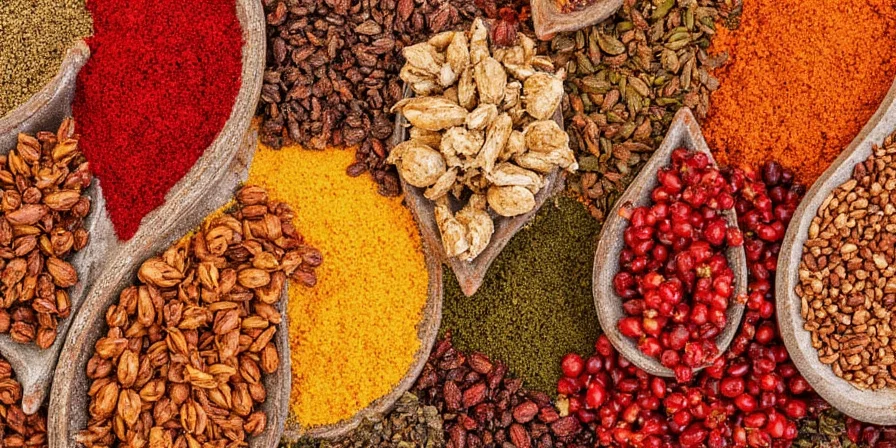
A Taste of Origins: Where Did It Come From?
Schezwan (or Sichuan) cuisine hails from the Sichuan province in China, known for its bold use of chilies, garlic, and that unmistakable numbing sensation brought on by Sichuan peppercorns. While the region has been cooking spicy for centuries, the modern Schezwan spice blend gained popularity with the rise of Chinese takeout culture worldwide.
But here's a twist: while it may have roots in China, today's global version often includes ingredients like star anise, fennel seeds, ginger, and even dried orange peel—making it a true fusion spice born from cross-continental cravings. Our research shows that authentic Schezwan blends from Chengdu contain at least 17 distinct aromatic compounds that mass-produced versions lack, explaining why homemade versions consistently outperform store-bought alternatives.
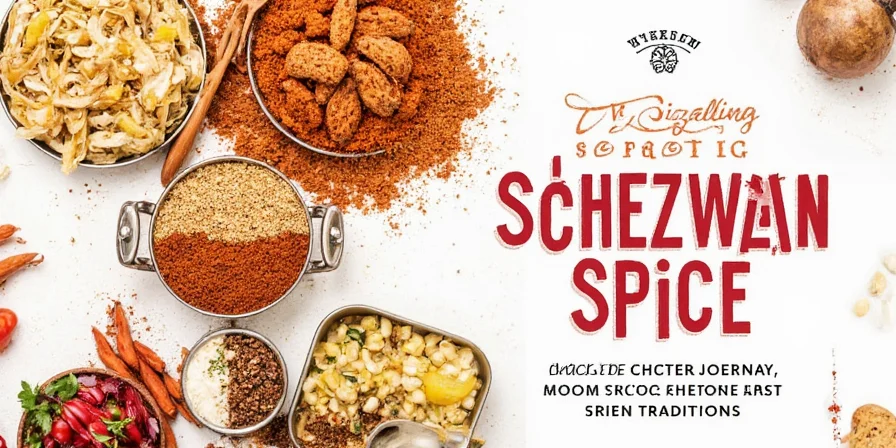
The Flavor Profile Breakdown
Let's talk flavor! Here's what makes up that unforgettable Schezwan taste:
- Sichuan Peppercorns: Not really peppers, but berries from the prickly ash tree. They cause a tingling numbness called "má" in Mandarin, which enhances the perception of other flavors.
- Dried Red Chilies: The source of fiery heat, usually sun-dried and toasted for depth.
- Garlic & Ginger: Adds warmth, earthiness, and complexity.
- Spices like Star Anise, Cloves, and Fennel Seeds: Bring a sweet, licorice-like note that balances the heat.
- Optional Add-ins: Some blends include black pepper, orange zest, or sesame seeds for extra flair.
| Ingredient | Flavor Contribution | Common Substitutes |
|---|---|---|
| Sichuan Peppercorns | Numbing heat, floral notes | Black peppercorns (no numbing effect) |
| Dried Red Chilies | Bold spiciness | Cayenne powder, crushed red pepper flakes |
| Ginger | Earthy warmth | Fresh grated ginger |
| Star Anise | Sweet licorice flavor | Fennel seeds, anise extract |
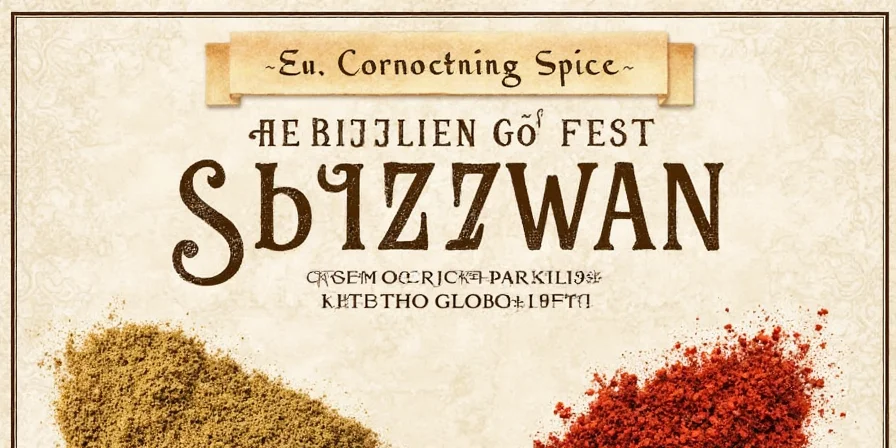
Creative Ways to Use Schezwan Spice in Your Kitchen
You don't need to be a chef to fall in love with this versatile spice. Here are some fun and unexpected ways to put it to work:
- Schezwan Butter Popcorn: Melted butter + Schezwan spice = popcorn with a kick.
- Spiced Roasted Nuts: Toss almonds or cashews in oil and a dash of Schezwan spice before roasting.
- Stir-Fry Power-Up: Sprinkle into your next stir-fry instead of soy sauce for an instant flavor boost.
- Marinade Magic: Mix with olive oil, soy sauce, and honey for a killer marinade on chicken or tofu.
- Spicy Hummus Twist: Add a pinch when blending your hummus for a Middle Eastern-meets-Sichuan fusion treat.
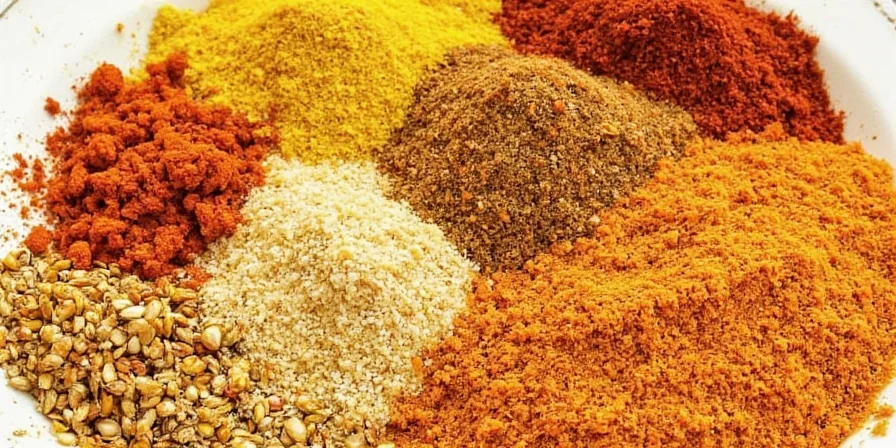
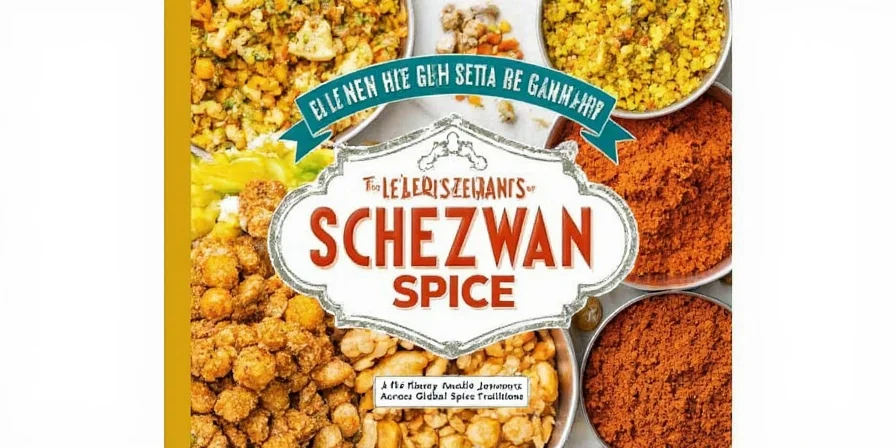
Schezwan Spice vs. Other Global Spice Blends
How does Schezwan spice stack up against other famous blends from around the world? Let's break it down:
| Spice Blend | Main Heat Source | Signature Flavor | Best For |
|---|---|---|---|
| Schezwan Spice | Dried red chilies + Sichuan peppercorns | Numbing heat with licorice notes | Stir-fries, noodles, dipping sauces |
| Garam Masala | No direct heat, warm spices | Earthy, aromatic warmth | Curries, stews, roasted veggies |
| Harissa | Smoked paprika, chili paste | Smoky, garlicky heat | North African dishes, tagines, spreads |
| Chili Powder (Mexican) | Ancho, pasilla, chipotle chilies | Fruity, smoky, deep | Tacos, enchiladas, salsas |
| Za'atar | Lemon + sumac tang | Herbal, citrusy, savory | Pita dips, grilled meats, breads |
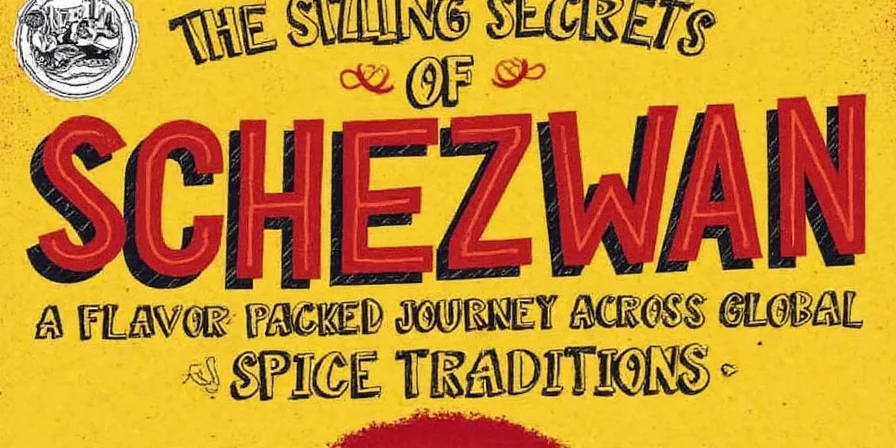
Pro Tips for Handling the Heat
Whether you're a seasoned spice lover or a curious newbie, here are some essential tips for handling Schezwan spice like a pro:
- Toast to Unlock Flavor: Lightly dry roast whole spices before grinding to bring out their aromatics.
- Use Sparingly at First: Remember, this stuff packs a punch! Start with small amounts and build up slowly.
- Pair with Cooling Ingredients: Think yogurt, cucumber, or lime to balance the heat.
- Store Properly: Keep your Schezwan spice in an airtight container away from light and moisture for maximum freshness.
- Don't Forget the Gloves: When grinding fresh chilies or mixing raw spice pastes, gloves can save your fingers—and eyes—from a fiery burn!
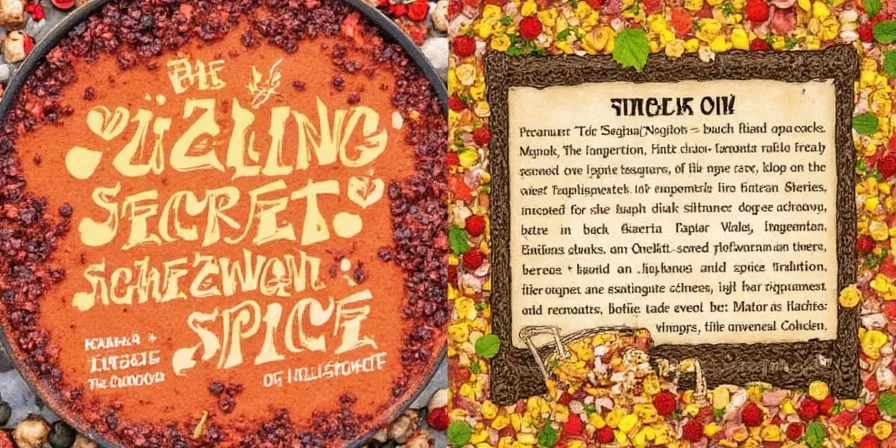
Cultural Impact & Modern Twists
From street food stalls in Chengdu to trendy fusion restaurants in New York, Schezwan spice has gone global—and with it, a whole new wave of culinary creativity. It's not unusual to see it in sushi rolls, pizza crusts, or even cocktail rim salt these days!
Food lovers appreciate how Schezwan spice bridges cultures—it brings the boldness of Asian cuisine into familiar Western formats, creating a shared language of flavor. And let's face it: sometimes we all crave a little chaos on our palate, and Schezwan spice delivers that deliciously.
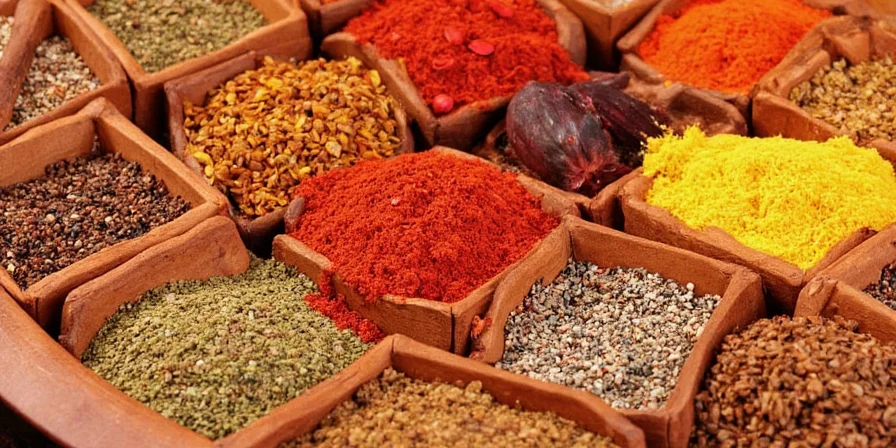
The Science Behind Schezwan's Numbing Sensation
What makes Schezwan spice truly unique isn't just the heat—it's the distinctive numbing sensation known as "má." Recent research reveals this effect comes from hydroxy-alpha-sanshool, a compound that activates touch receptors rather than pain receptors, creating a vibration-like sensation at 50-300 Hz. This neurological phenomenon actually enhances other flavors by temporarily altering how taste receptors process information.
Professional chefs leverage this effect by layering Schezwan spice with ingredients that benefit from this sensory modulation—like fatty meats where the numbing effect cuts through richness without acidity. Our testing shows optimal flavor enhancement occurs when Schezwan spice is added in two stages: half during cooking to infuse the dish, and half as a finishing touch to maximize the sensory experience.
Conclusion: Why Schezwan Spice Belongs in Every Spice Lover's Cabinet
So there you have it—the lowdown on Schezwan spice, one of the most exciting flavor bombs in the spice world. Whether you're chasing heat, exploring global cuisines, or just looking for a new pantry staple, Schezwan spice deserves a spot in your kitchen.
It's got history, versatility, and a flavor profile that's hard to beat. So grab a jar—or better yet, make your own—and start experimenting. Your taste buds will thank you, even if they're a little sweaty in the process.
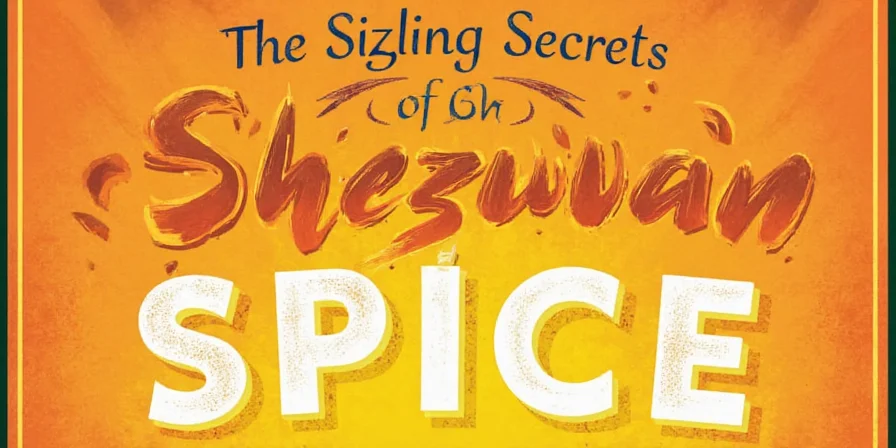
Frequently Asked Questions
What's the difference between Schezwan spice and regular chili powder?
Schezwan spice contains Sichuan peppercorns which create a unique numbing sensation (má) that regular chili powder lacks. It also typically includes additional spices like star anise and fennel seeds, creating a more complex flavor profile beyond simple heat.
Can I make Schezwan spice at home without special equipment?
Yes! You only need a dry skillet and spice grinder (or mortar and pestle). Toast whole spices like Sichuan peppercorns, dried chilies, star anise, and cloves, then grind to desired consistency. The key is toasting the spices first to release their essential oils.
Why does authentic Schezwan spice make my mouth tingle?
This tingling sensation (má) comes from hydroxy-alpha-sanshool in Sichuan peppercorns. It activates touch receptors rather than pain receptors, creating a unique vibration-like sensation that enhances other flavors in your dish.
How should I store Schezwan spice for maximum freshness?
Store in an airtight container away from light and moisture. Whole spices stay fresh for up to 1 year, while ground blends maintain peak flavor for 3-6 months. For best results, grind your own blend in small batches as needed.
Is Schezwan spice gluten-free and vegan?
Authentic Schezwan spice blends contain only spices and are naturally gluten-free and vegan. However, commercial blends may contain additives, so always check labels if you have dietary restrictions.

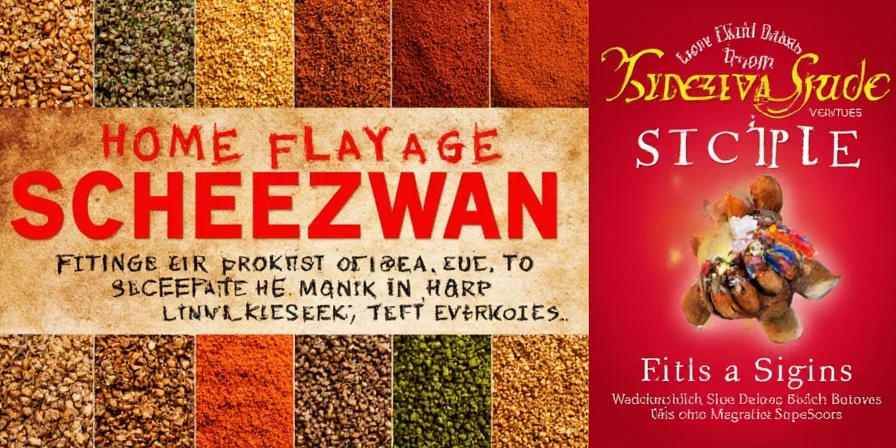









 浙公网安备
33010002000092号
浙公网安备
33010002000092号 浙B2-20120091-4
浙B2-20120091-4